How to Plan a Road Trip in Iceland Using Rick Steves’ Travel Tips: Your Ultimate Guide
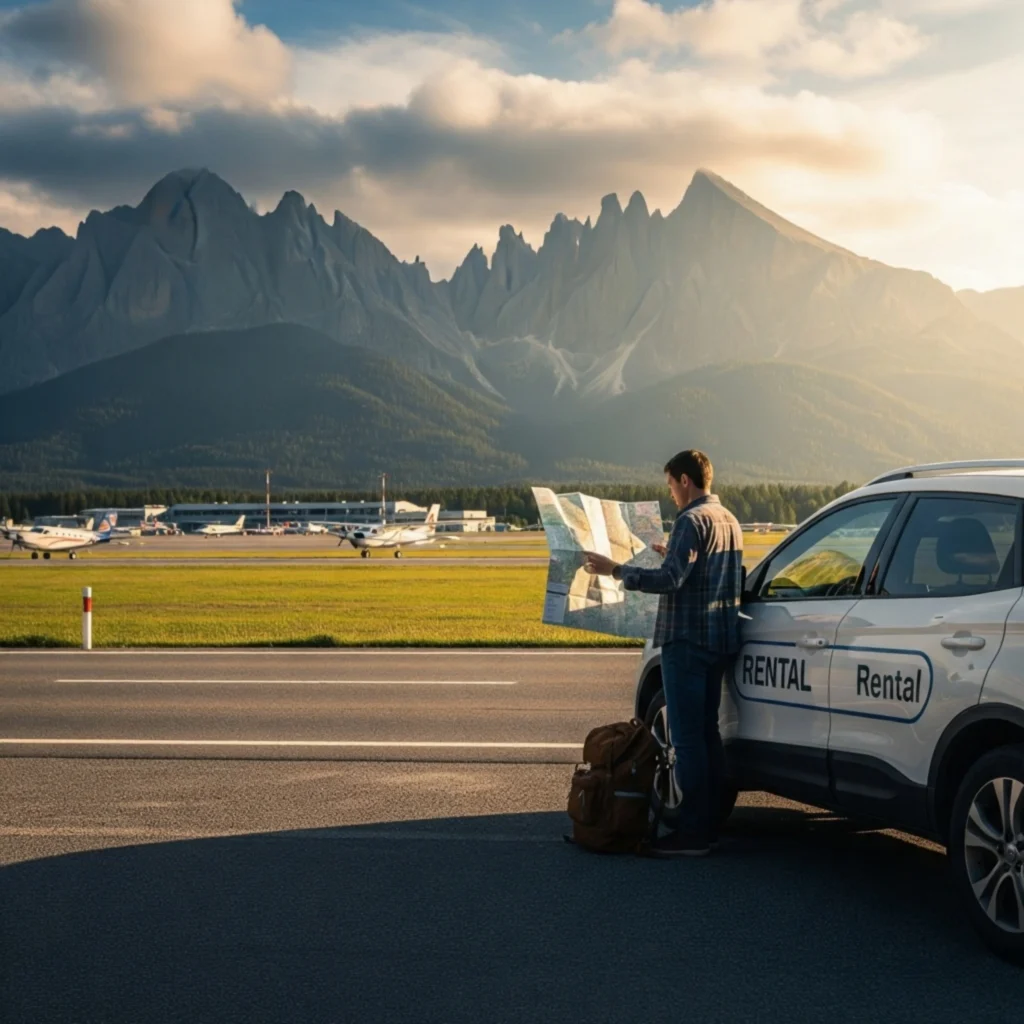
planning Iceland road trip Iceland is a land of unbelievable beauty. It’s a place where volcanoes sleep under massive glaciers, powerful waterfalls carve through green canyons, and the Northern Lights dance in the winter sky. The best way to experience this “Land of Fire and Ice” is by car, giving you the freedom to explore at your own pace.
But Iceland is also a destination where planning is everything. It can be expensive and unforgiving if you aren’t prepared. That’s where the travel philosophy of Rick Steves comes in. His approach is all about traveling smarter, saving money, and having authentic experiences.
This guide will show you how to plan the ultimate Iceland road trip using that same practical mindset. We’ll skip the fluff and give you the essential, step-by-step advice you need for an amazing adventure.
Adopting the Rick Steves Mindset for Iceland
Before we dive into routes and rentals, let’s get into the right frame of mind. A smart traveler in Iceland:
- Plans Ahead: Rick Steves is a master planner. In Iceland, booking your car, accommodation, and any popular tours (like the Blue Lagoon) months in advance is not just a good idea—it’s necessary. It will save you money and ensure you don’t get left out.
- Packs Light, But Smart: You don’t need a giant suitcase. What you do need are layers. The weather in Iceland can change in minutes. A waterproof jacket, waterproof pants, and sturdy hiking boots are non-negotiable.
- Travels Like a Local (to Save Money): Iceland is famously expensive. To keep costs down, you’ll need to think like an Icelander. This means shopping at budget-friendly supermarkets like Bónus or Krónan, enjoying the famous Icelandic hot dogs, and packing a reusable water bottle (the tap water is pure and delicious).
- Assumes They Will Return: This is a core Rick Steves philosophy. You cannot see everything in one trip, so don’t even try. A rushed trip is a stressful trip. Choose a realistic itinerary and enjoy it fully, knowing you can always come back for more.
The First Big Decision: When to Go?
Your entire trip will be shaped by the season you choose. There is no “best” time, only the best time for what you want to experience.
Summer (June – August)
This is the season of the Midnight Sun, where you’ll have nearly 24 hours of daylight.
- Pros: All roads, including the mountain “F-roads,” are open. The weather is at its warmest, and the landscape is green and dotted with purple lupine flowers. The long days give you maximum time for exploring.
- Cons: This is the peak tourist season. Prices for flights, cars, and accommodation are at their highest, and popular spots are crowded. You will not see the Northern Lights.
Winter (November – March)
This is the season of the Northern Lights (Aurora Borealis).
- Pros: It’s your best chance to see the aurora. You can explore magical ice caves. There are far fewer tourists, and prices are generally lower.
- Cons: Daylight is extremely limited (as little as 4-5 hours). The weather is cold, windy, and unpredictable. Many roads, especially in the north and the highlands, will be closed due to snow.
Shoulder Seasons (April-May & September-October)
This is often the “smart travel” sweet spot.
- Pros: You get the best of both worlds—decent daylight, fewer crowds, and lower prices than in summer. In September, you have a chance of seeing the Northern Lights before the deep cold sets in.
- Cons: The weather is a gamble. You could have beautiful sunny days or winter-like storms. Some tours and roads may not be open yet or may have already closed for the season.
Choosing Your Route: Ring Road vs. South Coast
Now, let’s talk about where you’ll actually drive. There are two main options for a first-time road tripper.
1. The Full Ring Road (Route 1)
The Ring Road is a 1,332-kilometer (828-mile) route that circles the entire country. It’s the ultimate Icelandic road trip.
- Best For: Travelers with 10 to 14 days (or more).
- What You’ll See: Everything! From the famous waterfalls of the South Coast to the dramatic fjords of the East, the volcanic landscapes of the North, and the charming peninsulas of the West. It offers a complete picture of Iceland’s diverse beauty.
- The Catch: Trying to do this in less than 10 days is a mistake. You will spend all your time in the car and no time actually enjoying the sights.
2. The South Coast
This is the most popular and action-packed region of Iceland. The route takes you from Reykjavík to the incredible Jökulsárlón Glacier Lagoon and back.
- Best For: Travelers with 5 to 8 days.
- What You’ll See: A “greatest hits” of Iceland. This includes the attractions of the Golden Circle (Þingvellir National Park, Geysir, and Gullfoss waterfall), the famous waterfalls Seljalandsfoss and Skógafoss, the black sand beaches of Vík, and the stunning icebergs of Jökulsárlón.
- The Catch: Because it’s accessible and amazing, it’s the most crowded part of the country. But for a shorter trip, it delivers an unforgettable experience.
A Rick Steves style recommendation: For your first trip, especially if it’s less than 10 days, focus on the South Coast. You’ll have a more relaxed and in-depth experience.
The Nuts and Bolts: Car Rentals, Accommodation, and Budget
This is where smart planning really pays off.

Renting a Car the Smart Way
- 2WD vs. 4WD: If you are visiting in the summer and sticking to the Ring Road, a 2WD car is perfectly fine. If you plan to drive on the unpaved mountain roads (called F-roads) or are visiting in winter, a 4WD is essential.
- Insurance is Key: Do not skip on insurance. The most important one to get is Gravel Protection (GP). Many of Iceland’s secondary roads are gravel, and cars are frequently damaged by flying stones. Standard insurance does not cover this.
- Book Early: The earlier you book your car, the cheaper it will be. Prices can double if you wait until the last minute.
Booking Your Accommodation
- Book Everything in Advance: This is critical. Outside of Reykjavík, towns are small with limited options. In popular areas like Vík or near the glacier lagoon, guesthouses can be fully booked 6-9 months in advance for the summer.
- Consider Guesthouses and Farm Stays: These often offer a more authentic and affordable experience than hotels. Many include breakfast and give you a chance to meet local Icelanders.
Budgeting Like a Pro
- Food: The biggest way to save money is to not eat out for every meal. Stop at Bónus (look for the pink pig logo) and stock up on basics for breakfast and lunch. Pack sandwiches and snacks for your day trips.
- Alcohol: Alcohol is extremely expensive in Iceland and is only sold in state-run liquor stores called Vínbúðin. A smart tip is to buy some at the duty-free shop at the airport right after you land.
- Activities: The best things in Iceland—the landscapes, waterfalls, and national parks—are mostly free to enjoy. Focus your budget on one or two special tours, like a glacier hike or a whale-watching trip.
A Final Word of Advice
An Iceland road trip is an adventure you will never forget. By planning ahead, packing smart, and focusing on a realistic itinerary, you can have a smooth, affordable, and deeply rewarding journey. Embrace the unpredictable weather, take your time, and let the incredible landscapes of Iceland work their magic.
Happy and safe travels!

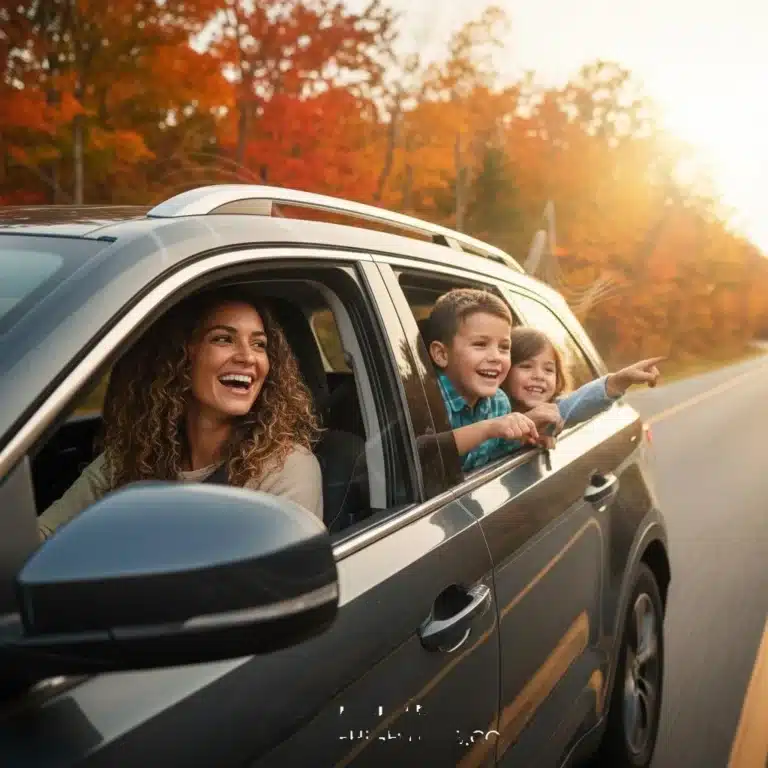
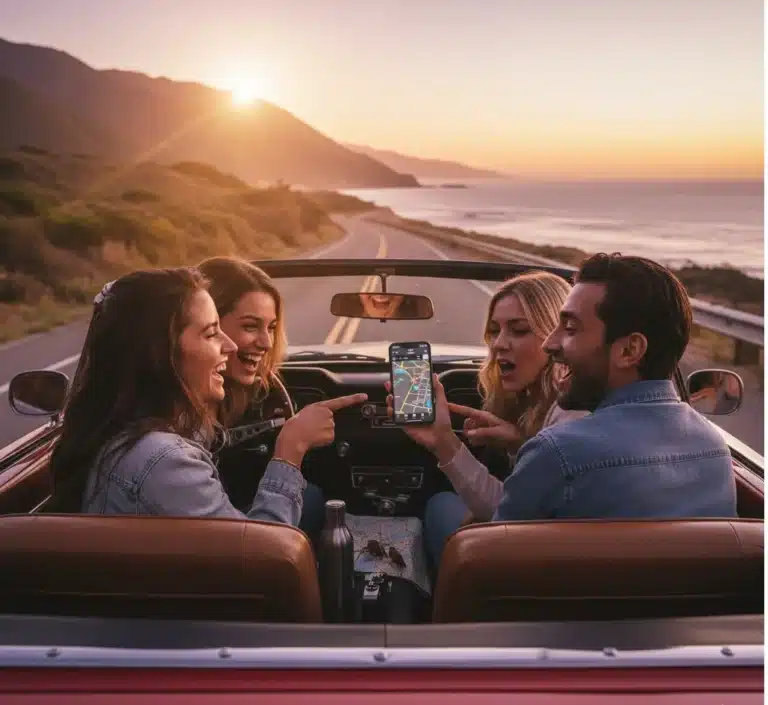
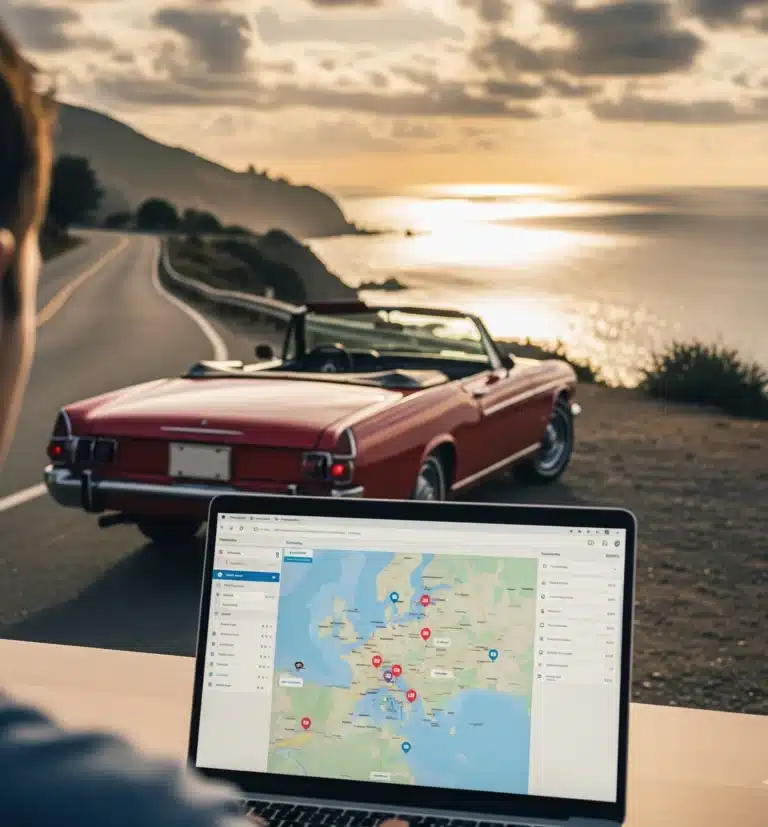
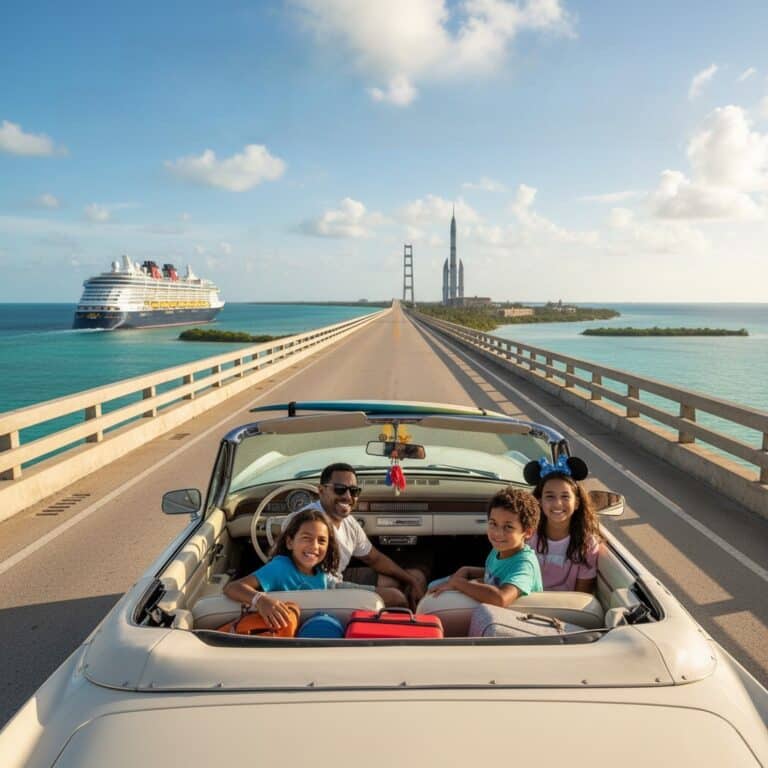
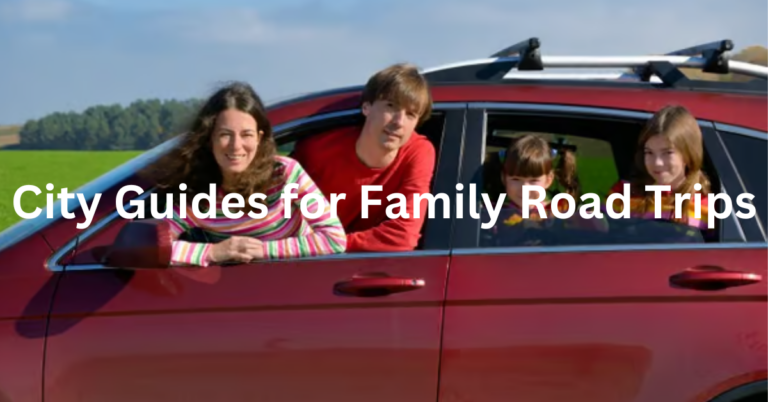
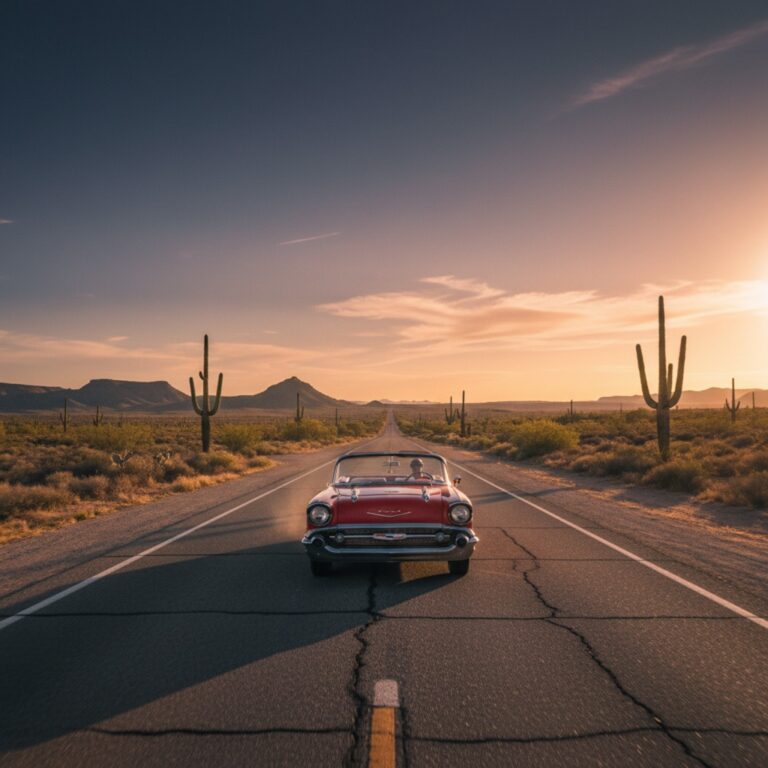
Maa sha Allah bhai stay safe stay updated